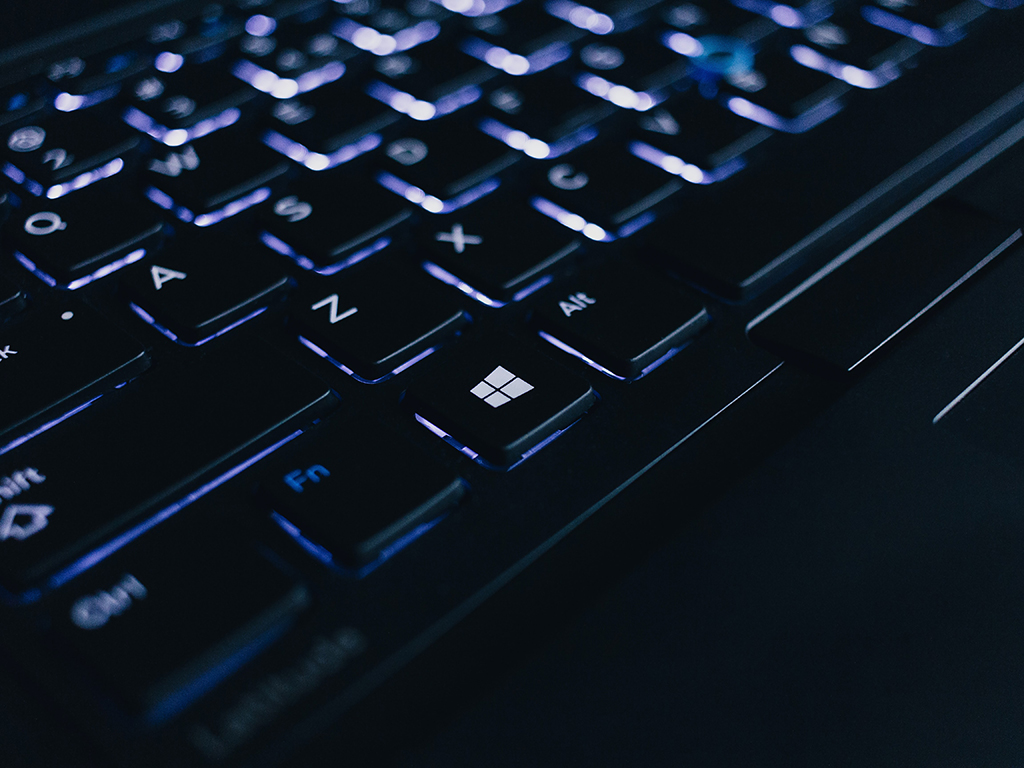U.S. Supreme Court Associate Justice Neil Gorsuch dropped in on the final day of orientation at the University of Utah S.J. Quinney College of Law in August via Zoom to personally welcome students to the legal profession.
Gorsuch, who took his seat on the Court in April 2017, encouraged law students to persevere through challenging times as they start their legal studies in the midst of a global pandemic.
Landing such a prominent figure was vitally important to help usher in a new year, law school officials said.
“In a time of so many unknowns and in a year when we had to change the way we delivered our traditional orientation to law students, we wanted to make our swearing-in ceremony particularly special for our legal community and our newest group of aspiring attorneys,” said Dean Elizabeth Kronk Warner. “We were honored that Justice Gorsuch accepted our invitation and inspired our students with his words of wisdom at the swearing-in ceremony.”
Legal education is not the same old staid enterprise. The COVID-19 pandemic has forced law schools to change, and many have adapted with creativity and innovative ideas. The University of Utah, for instance, will hold on-campus classes in the fall, but end the semester early and transition to online learning and exam-taking after Thanksgiving.
Such online innovation has been evident with moot court, pro bono work through clinics and even graduation ceremonies. Without question, online offerings have come to the rescue, with some feeling that this is the most creative time ever in legal education.
“You may think this is not a good time for law school and it will be a different time for law school, but in ways that many of us had not expected,” said Daniel Filler, dean of Drexel Law. “We’re seeing changes for the good that makes aspects of this program amongst the most exciting and most effective years in legal education.”
The University of Virginia School of Law is one of those schools that comes to mind when you think about what a law school should look and be like: Stately … Steeped in prestige … Staffed with seriously minded professors dressed in tweed …
Thomas Jefferson, the nation’s third president, founded the place in 1819, after all. It’s got that kind of pedigree.
So when COVID-19 hit and law schools had to scramble to offer classes online, one might have thought that the University of Virginia might have had a problem adjusting. It had never offered online classes before.
But talk about a pivot.
Soon after the pandemic hit, the Charlottesville-base law school transitioned nearly 140 courses — taught by about 160 instructors — to online. And it did so in a week …
In a story on the school’s news website, Senior Associate Dean for Administration Stephen T. Parr, who was a leader in the transition, noted: “To get all of our classes online in the span of about a week was totally unprecedented in the history of the law school.”
True, no doubt. But here’s the thing: The University of Virginia is not an outlier. Many law schools reported that they moved online quickly and effectively to distance learning.
Online saved the day!!!
Just think if such a pandemic would have occurred a decade ago. Schools, no doubt, would have been flustered. Law schools in general have been criticized over the years for not moving more quickly to embrace online learning. It was believed by some that the Socratic method couldn’t be duplicated in distance learning. And the American Bar Association (ABA) has only allowed for its use sparsely.
Before the pandemic, schools could only teach 30 credits online — about one third of what’s needed to graduate. And that move came just two years ago. Before that, the limit was 12 hours.
Some schools got ABA variances that allowed them to offer mostly online classes, but they number less than 10. (Out of more than 200.)
While some students are suing their law schools because they argue that online learning is not as good or worth the tuition they pay, moving online might have been the only viable option to save the spring semester.
It’s not as if most law schools had much experience or know-how in doing so. Yet they did. And they did so in lightning speed, no less. Those schools continuing online in the fall out of concern for student and faculty safety say the online offerings will be improved.
Katharine Janes, president of the University of Virginia’s Student Bar Association, had previously taken a few online classes in high school, but they were not that advanced, she said. The law school ones she took in the spring were miles apart in sophistication.
“It went better than I expected,” she said. “I’m amazed at how much we got done.”
The most glaring downside was the loss of community activities, she said. For instance, the student government holds lunches, which had to be canceled. In April, a softball tournament is normally held. She missed the campus and Charlottesville, she said.
Yara Rashad, a third-year law student at Notre Dame Law School, told the Indiana Lawyer Magazine that she missed the interaction with classmates and professors and even her chats with servers at her favorite coffee shop.
A third-year Howard University Law School student, Adonne Washington, penned an article for the news website, Technical.lyDc, in which she noted the challenges of online learning.
“Law happens to be quite difficult to learn in general, but then when you move the courses online to a method of learning that the professors and students are equally confused by, you end up with a disconnect.”
Editor’s note: this is the first of a three-part series on ways that online education has helped legal education. Next week we will look at how Moot Courts and other extra curricular offerings managed to keep operating in a virtual way.

